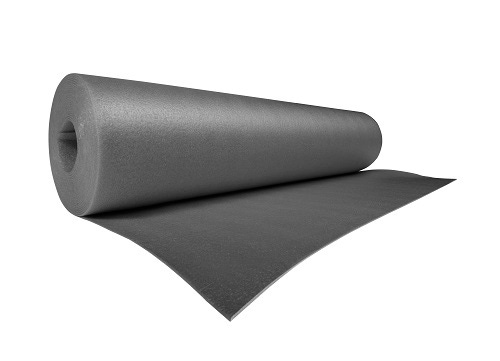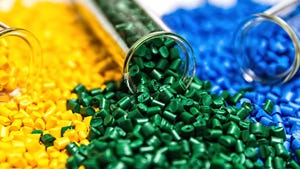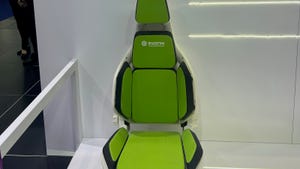Polyolefin plastomer and elastomer grades also under development
January 11, 2017

SABIC has launched a new dedicated low-density polyethylene foam grade, SABIC LDPE HP0824NDF, to broaden the application window for the tape, seal and underlayment market. The advantages of the new grade are high viscosity, giving good head pressure for uniform and thicker foam thickness, relatively higher resin density for better mechanical strength, and good compression stress as well as resilience.
Polymer foams are widely used in numerous industries, most important among them being building & construction (25% of the total market), packaging (24%), furniture (19%) and individual and mass transportation (13%).
|
Polymer foams are widely used in numerous industries. SABIC has identified “foaming and lightweighting” as an important focus area, and has offerings based on various resins, including, polyolefin plastomers and elastomers, and engineering plastics in addition to LDPE. |
SABIC LDPE HP0824NDF reportedly offers special benefits using various foam production processes such as physical foam extrusion, the chemical cross-linking process, as well as the bun process resulting in lightweight foams. It offers material and energy savings, while retaining or even improving product performance; and it offers benefits in thermal and acoustic insulation, cushioning and protection. SABIC is helping to improve these benefits by enhancements to the physical properties and foamability of the polymers themselves.
At the beginning of 2016, SABIC announced the launch of two new dedicated foam grades, SABIC LDPE HP2024JDF and HP2024NDF, for Middle East, African, and Asian markets for physical extrusion foam. These grades have been successfully adopted by the market. All three grades are said to be less sensitive to web-breaks and foam-collapse due to high consistency and a wider operating window compared to existing materials in the market, resulting in a higher material yield during processing. The foams produced give a higher compression strength, better resilience, uniform surface and cell structure, and fewer pinholes, as well as better dimensional stability compared to existing materials. This offers opportunities for material savings during production.
The new dedicated foam grades were developed in the recently opened Foam Innovation Center. Here, SABIC develops new polymer-based solutions that can help the entire value chain become more efficient, more sustainable, and more profitable. SABIC is developing more dedicated LDPE foam grades to provide a wider product portfolio for customers.
The centre is equipped with most foam processing capabilities, as well as analytical equipment, enabling SABIC to carry out developments on new foam solutions, technology innovations, and collaborative projects with customers, to reduce material footprint, enable energy and cost reductions, and decrease time to market.
SABIC has recently redrawn its roadmap for foams to encompass expansion of its current portfolio beyond polyethylene and polystyrene to include more polyolefins, such as polypropylene, polyolefin elastomers (POEs) and polyolefin plastomers (POPs), and engineering thermoplastics.
Polyolefin plastomers (POPs) and polyolefin elastomers (POEs) are important additions to SABIC’s portfolio of foam solutions. The largest outlet for these polymers is currently as additives in other solid polymers, where they improve properties such as impact resistance. They can also be used in foam grades to enable production of foams that are more flexible and resilient, especially at low temperatures. SABIC is currently developing POP and POE grades for use in foams.
SABIC also has foamable grades of such engineering plastics as polycarbonate (Lexan), modified PPE (Noryl) and PEI (Ultem), for high-end applications in such areas as aviation as well as in various areas in land transport. These materials make possible such products as sandwich panels with foam cores that combine very high strength with low weight, as well as enhance flame retardance. Lexan Flight F6L300 thermoformable sheet for example, is 40% lighter than traditional solid sheet.
About the Author(s)
You May Also Like





